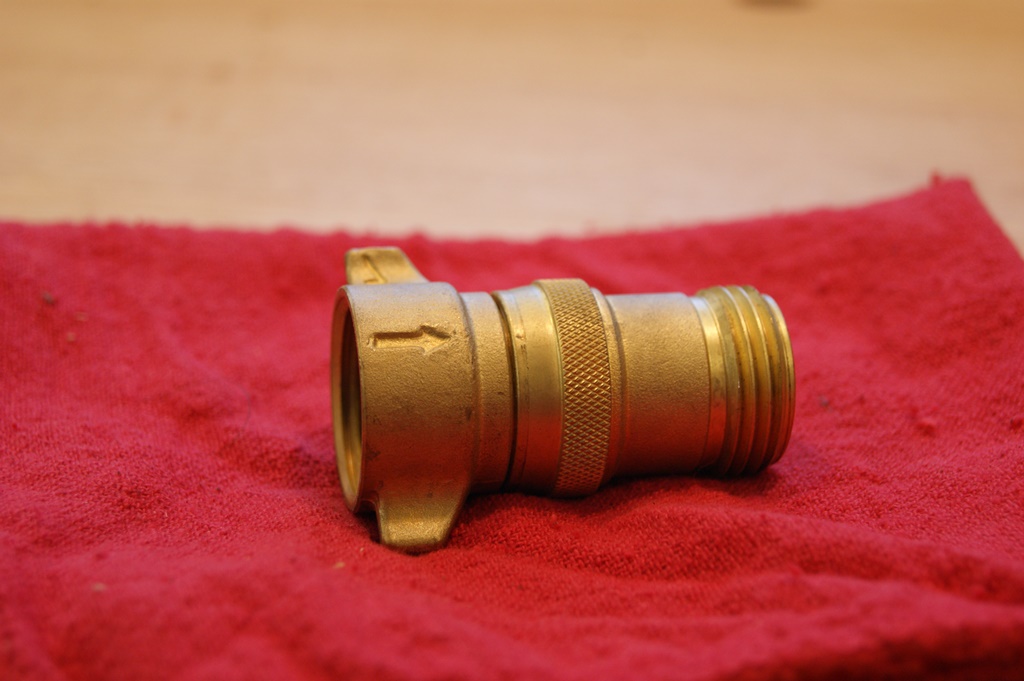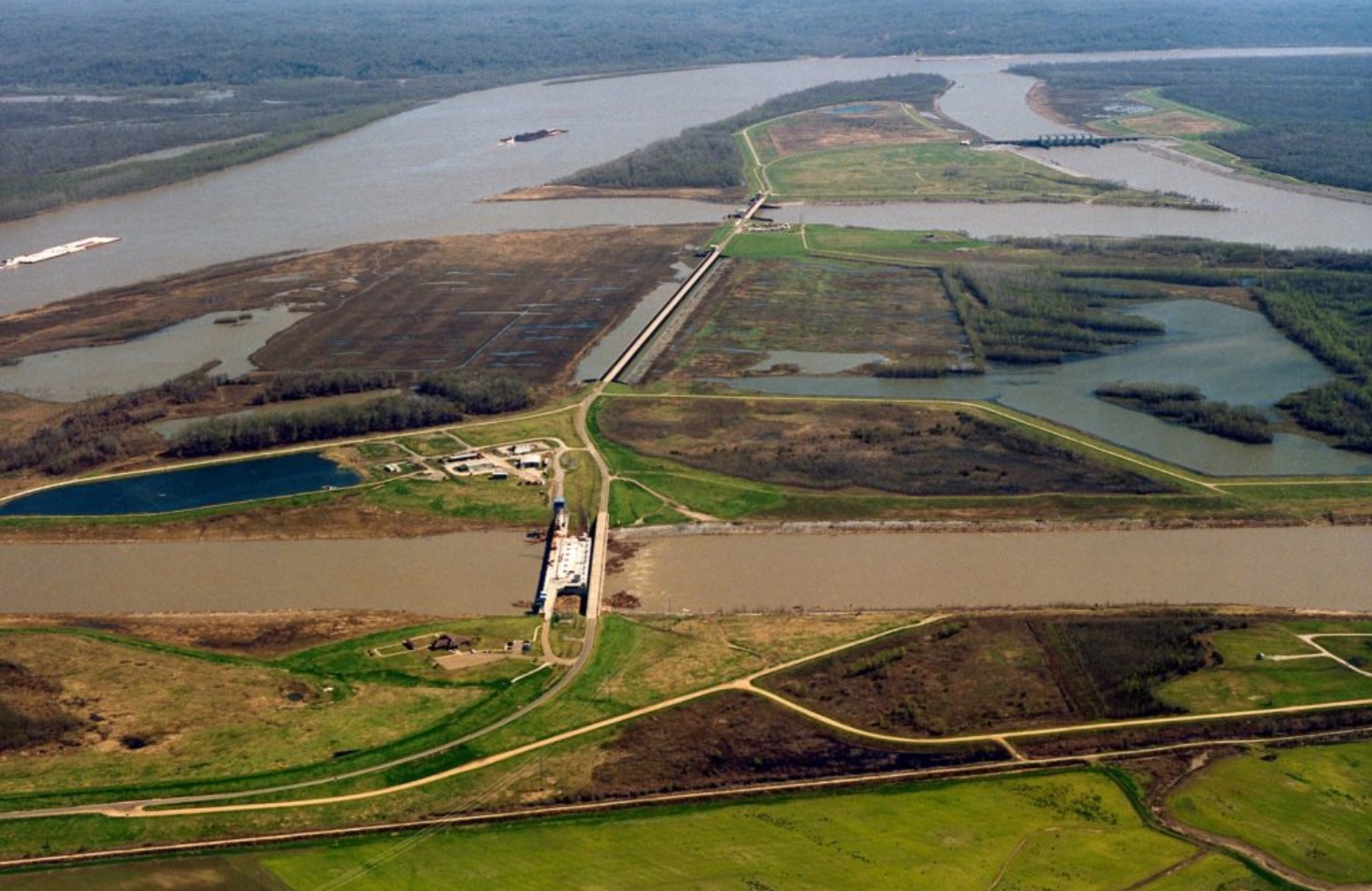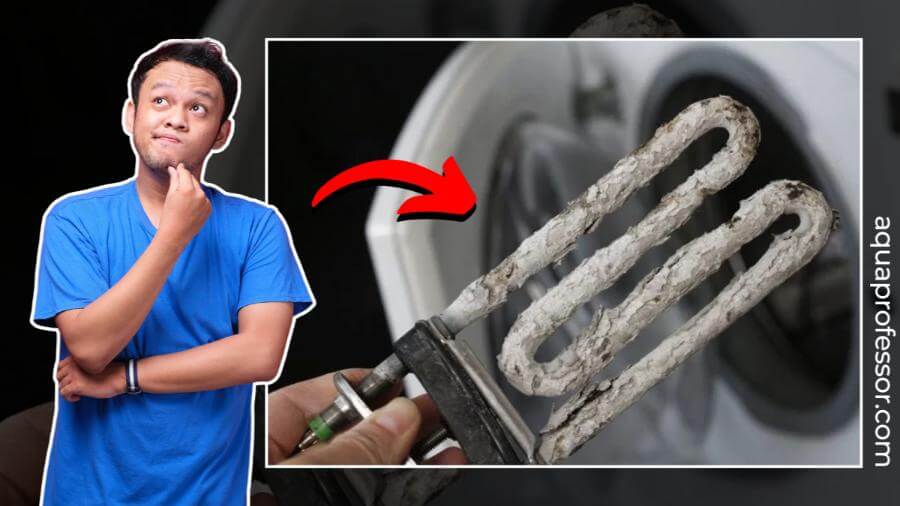If you're experiencing low water pressure in your kitchen sink, the first thing you should check is the aerator. This small piece at the end of your faucet is responsible for mixing air with the water, creating a smooth and consistent flow. Over time, it can get clogged with mineral deposits and debris, which can restrict water flow. To check the aerator, unscrew it from the faucet and clean it with a toothbrush and vinegar. If it's too damaged to clean, you can easily replace it with a new one from your local hardware store.1. Check the aerator
Similar to the aerator, the faucet head can also get clogged with mineral deposits and debris, leading to low water pressure. To clean it, soak it in vinegar for a few hours and then scrub it with a toothbrush. You can also use a toothpick to remove any stubborn debris. If the faucet head is severely damaged, it might be time to replace it. Make sure to choose one with a high flow rate to improve water pressure in your kitchen sink.2. Clean the faucet head
Clogged pipes are another common culprit for low water pressure in the kitchen sink. Over time, debris, soap scum, and other materials can build up in the pipes, restricting water flow. To check for clogs, turn off the water supply to your kitchen sink and remove the pipes under the sink. If you see any visible clogs, remove them and then reattach the pipes.3. Check for clogs in the pipes
The shut-off valve is responsible for controlling the water flow to your kitchen sink. If it's not fully open, it can cause low water pressure. Make sure to check the valve and ensure it's fully open. If it's partially closed, turn it all the way and see if that improves the water pressure.4. Check the shut-off valve
Many homes have a water pressure regulator, which is responsible for controlling the water pressure in your pipes. If it's not functioning correctly, it can lead to low water pressure. To check the regulator, you can use a pressure gauge to measure the water pressure. If it's below 40-45 psi, you might need to adjust or replace the regulator.5. Check the water pressure regulator
Leaky pipes can also cause low water pressure in your kitchen sink. To check for leaks, turn off all the water in your house and then check your water meter. If the meter is still running, it's a sign that you have a leak somewhere in your pipes. You should call a plumber to fix the leak and improve your water pressure.6. Check for leaks
The water supply line connects your house to the main water line. If it's damaged or clogged, it can cause low water pressure in your kitchen sink. To check the supply line, turn off the water supply to your house and then detach the line from the main water line. Inspect it for any damage or clogs and replace it if necessary.7. Check the water supply line
If you have a tankless water heater, it's essential to regularly clean it to prevent mineral deposits from building up. These deposits can clog the pipes and reduce water pressure. If you have a traditional water heater, make sure it's set to the correct temperature, as a high temperature can cause mineral buildup and affect water pressure.8. Check the water heater
Similar to the water heater, sediment buildup can also occur in the pipes, leading to low water pressure. To remove the sediment, turn off the water supply to your house and then open all the faucets to drain the water. You can also install a whole-house water filtration system to prevent sediment buildup in the future.9. Check for sediment buildup in the pipes
If you've tried all the above solutions and still have low water pressure in your kitchen sink, it's time to call a professional plumber. They have the expertise and tools to identify and fix the underlying issue, restoring your kitchen sink's water pressure. Don't ignore low water pressure in your kitchen sink, as it can be a sign of a more significant problem. Use these tips to troubleshoot and fix the issue, and enjoy a strong and consistent water flow in your kitchen.10. Call a plumber
Why You're Experiencing Little Water Pressure in Your Kitchen Sink

The Importance of Water Pressure in Your Home
 Water pressure is a crucial aspect of any household. It allows us to perform daily tasks such as cooking, cleaning, and bathing with ease and efficiency. When the water pressure in your kitchen sink is low, it can be frustrating and inconvenient. Not only does it make simple tasks more difficult, but it can also be a sign of underlying issues with your home's plumbing system. In this article, we will explore the reasons behind low water pressure in your kitchen sink and how to address them.
Water pressure is a crucial aspect of any household. It allows us to perform daily tasks such as cooking, cleaning, and bathing with ease and efficiency. When the water pressure in your kitchen sink is low, it can be frustrating and inconvenient. Not only does it make simple tasks more difficult, but it can also be a sign of underlying issues with your home's plumbing system. In this article, we will explore the reasons behind low water pressure in your kitchen sink and how to address them.
Causes of Low Water Pressure in the Kitchen Sink
 There are several potential reasons why you may be experiencing low water pressure in your kitchen sink. One of the most common causes is a clogged aerator. The aerator is the small mesh screen at the end of your faucet that helps to regulate the flow of water. Over time, mineral deposits and debris can build up in the aerator, restricting the flow of water and causing low water pressure. Another possible cause is a faulty or old faucet. If your faucet is old or worn out, it may not be able to provide the necessary water pressure. Additionally, if there is a leak in your home's plumbing system, it can also lead to low water pressure in your kitchen sink.
There are several potential reasons why you may be experiencing low water pressure in your kitchen sink. One of the most common causes is a clogged aerator. The aerator is the small mesh screen at the end of your faucet that helps to regulate the flow of water. Over time, mineral deposits and debris can build up in the aerator, restricting the flow of water and causing low water pressure. Another possible cause is a faulty or old faucet. If your faucet is old or worn out, it may not be able to provide the necessary water pressure. Additionally, if there is a leak in your home's plumbing system, it can also lead to low water pressure in your kitchen sink.
How to Fix Low Water Pressure in Your Kitchen Sink
 Fortunately, there are several ways to address low water pressure in your kitchen sink. The first step is to check the aerator. If it is clogged, simply remove it and clean it thoroughly with vinegar or a descaling solution. If the aerator is damaged, it may need to be replaced. Another solution is to install a low-flow aerator, which can help to conserve water while still providing adequate pressure. If the issue is with your faucet, it may need to be replaced or repaired. It is important to address any leaks in your home's plumbing system as soon as possible. Not only can they lead to low water pressure, but they can also cause damage to your home if left untreated.
Fortunately, there are several ways to address low water pressure in your kitchen sink. The first step is to check the aerator. If it is clogged, simply remove it and clean it thoroughly with vinegar or a descaling solution. If the aerator is damaged, it may need to be replaced. Another solution is to install a low-flow aerator, which can help to conserve water while still providing adequate pressure. If the issue is with your faucet, it may need to be replaced or repaired. It is important to address any leaks in your home's plumbing system as soon as possible. Not only can they lead to low water pressure, but they can also cause damage to your home if left untreated.
Conclusion
 Low water pressure in your kitchen sink can be a frustrating problem, but it is not one that cannot be fixed. By identifying the cause of the issue and taking the necessary steps to address it, you can restore proper water pressure to your kitchen sink and improve the functionality of your home. Remember to regularly clean and maintain your faucet and aerator to prevent future issues with low water pressure. If the problem persists, it may be best to consult a professional plumber to ensure that there are no underlying issues with your home's plumbing system.
Low water pressure in your kitchen sink can be a frustrating problem, but it is not one that cannot be fixed. By identifying the cause of the issue and taking the necessary steps to address it, you can restore proper water pressure to your kitchen sink and improve the functionality of your home. Remember to regularly clean and maintain your faucet and aerator to prevent future issues with low water pressure. If the problem persists, it may be best to consult a professional plumber to ensure that there are no underlying issues with your home's plumbing system.

:max_bytes(150000):strip_icc()/ac2-56a73c5c5f9b58b7d0e81846.jpg)


















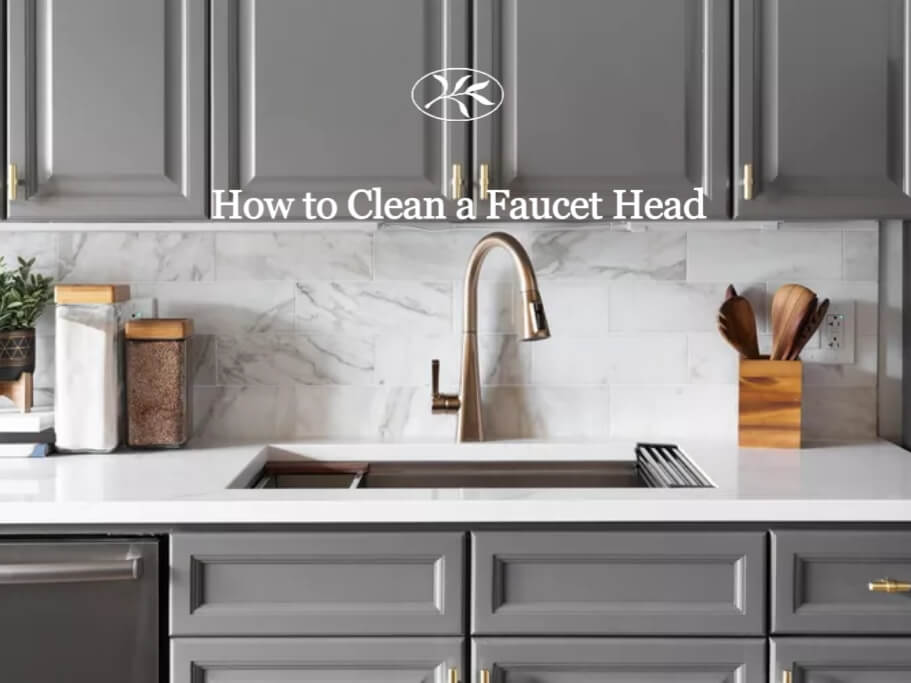



















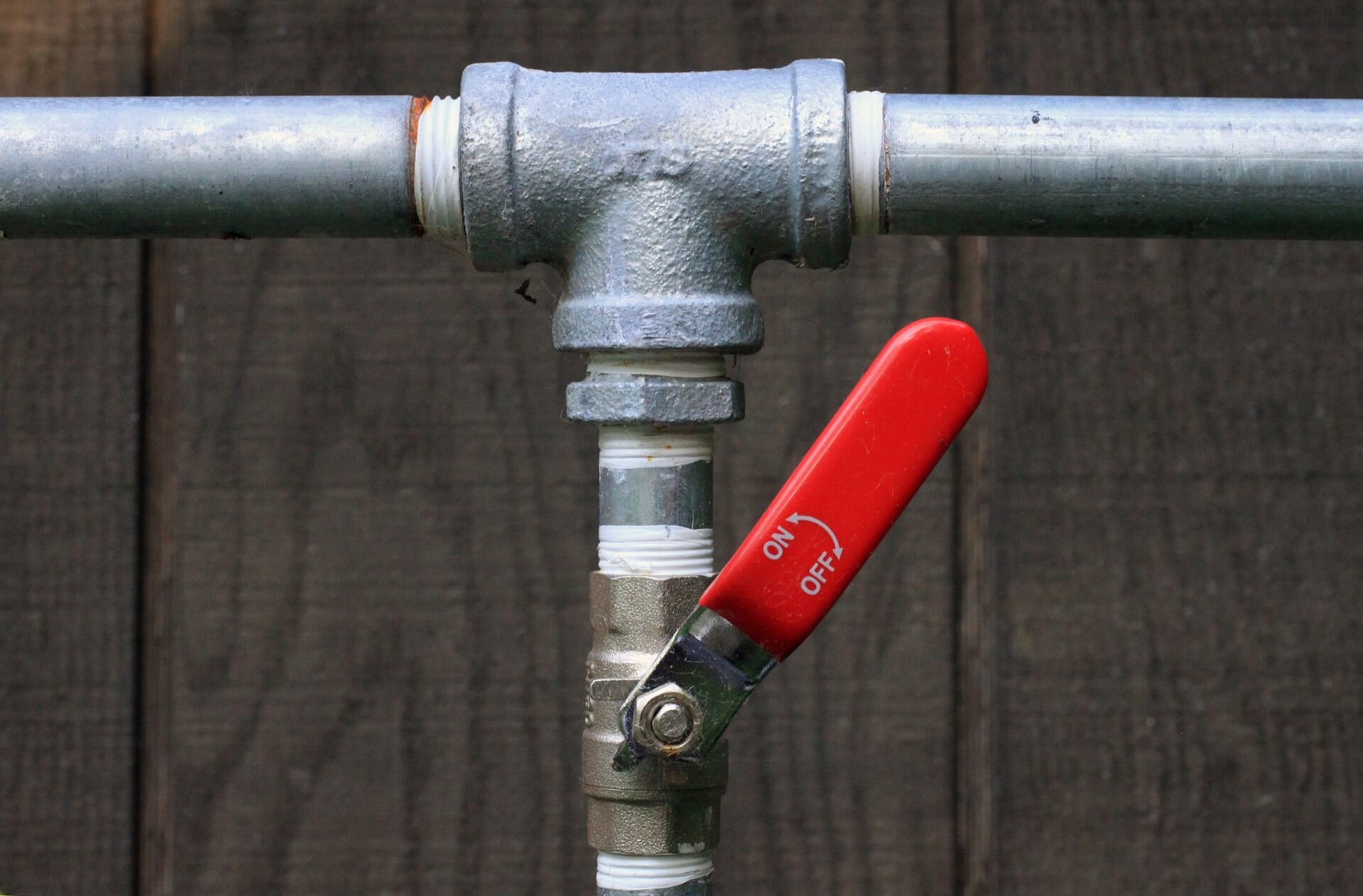








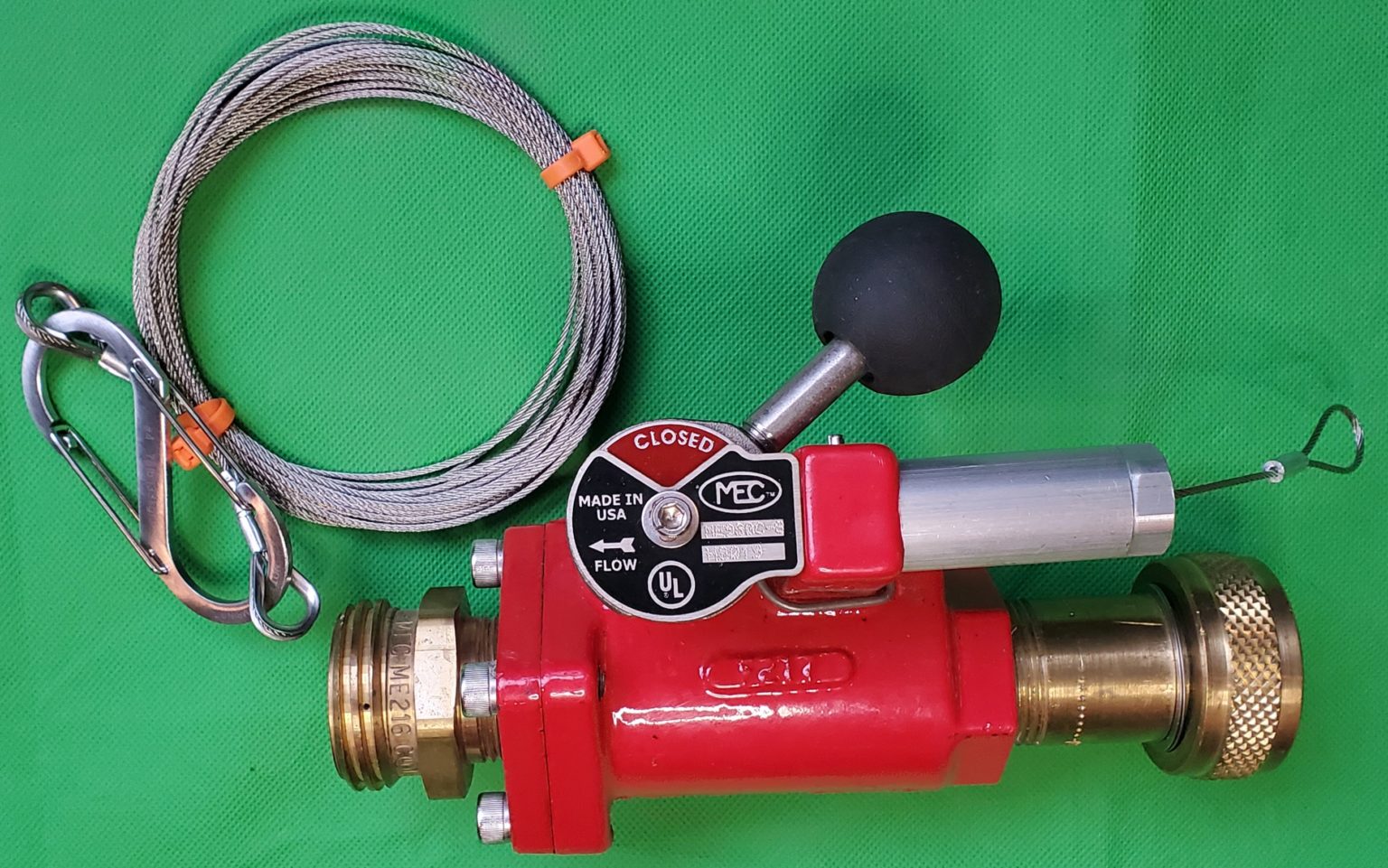




:max_bytes(150000):strip_icc()/the-men-s-hand-opens-the-ball-valve-on-the-collector-1006810456-5c5fc73fc9e77c000159c4af.jpg)



:max_bytes(150000):strip_icc()/testing-water-pressure-in-your-home-2718692-hero-98f45508ca5d44b6b551034ac5cedab5.jpg)
